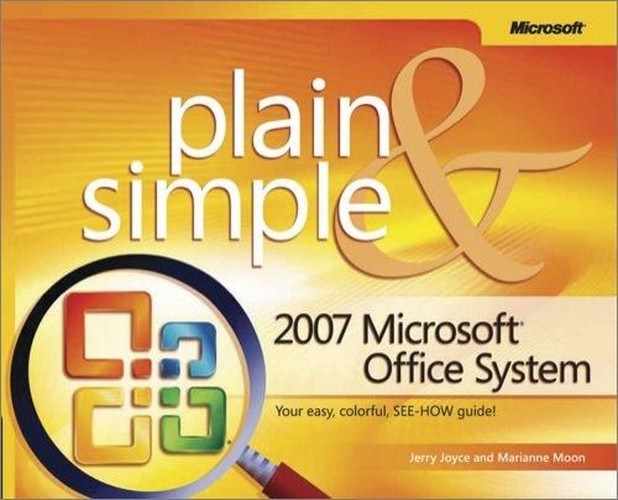Mail merge is a tool that combines two different parts into a sleek and well-crafted whole: that is, a series of identical printed documents (form letters, for example) with the appropriate information (individual names and addresses) inserted automatically into each document. The two parts are the master document and a data source. The master document is the template (although not a template in the Word-document sense) that lays out your document and contains text or other items that never change. The master document also contains instructions for inserting data from a data source into each document. The data source is a uniform collection of information from one of a number of sources.
Mail merge is an almost unbelievable time-saver once you’ve set it up, and its power can be awesome. But—and here’s the rub—you have to be willing to deal with all the complexities of fields and conditional expressions. The good news is that the mail merge feature is extremely scalable—that is, it’s easy to do a simple, basic mail merge, but the process becomes increasingly demanding as your mail merge becomes more complex. If, for example, you simply want to address a stack of envelopes to people whose addresses are contained in a Word table, a Microsoft Excel worksheet, or your Microsoft Outlook Contacts list, you can just jump in and do it with little preparation and a great likelihood of success.
One of the real powers of mail merge is the ability it gives you to tailor the content of a document based on some data stored in your mailing list. For example, you might offer a tour of your company to individuals who have invested a large amount of money in the company, but offer only a free monthly newsletter to the small investors. If you have an entry in your data file for the level of investment, you can use that data to control the content of your document.
You control conditional content by using the IF Word field. To use this field, you place it in your document where you want the conditional content to appear by clicking Rules on the Mailings tab, and then clicking If...Then...Else in the list that appears. In the Insert Word Field: IF dialog box, you specify the data field that lists the value to be tested (for example, amount of investment), the comparison (Greater Than Or Equal To), and the value (5000). Then you insert the text to be used if the comparison is true ("Please call to arrange a tour.") or untrue ("Please call to receive your monthly newsletter.").
The mail merge feature can do more than create form letters and address envelopes. You can save the merged documents as a file so that you can edit them or send them by e-mail. You can create almost any type of document by using a specific template or designing the document from scratch. All Word needs is a data document with some data fields in it. You can create mailing labels and address books, awards, parts lists, different versions of exams, and catalogs designed for specific geographical areas or demographic populations. The uses for mail merge are limited only by your creativity, your willingness to experiment with different data fields and Word fields, and your decision as to whether mail merge would be faster than manually creating individual documents.
